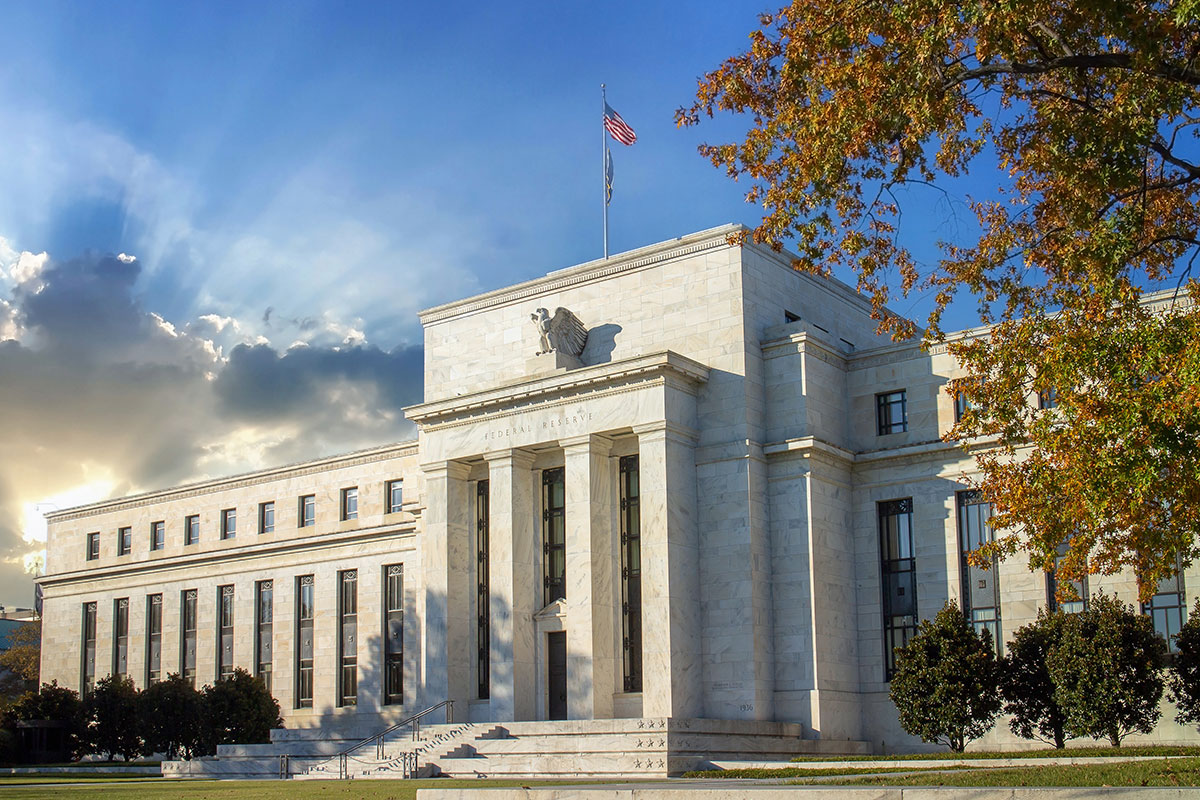In February 2023, the SEC adopted final requirements for T+1 settlement for transactions in U.S. equities, corporate debt and unit investment trusts. Shortening the settlement period from two days to one day beyond the trade date will bring many benefits, including reduced risk, lower clearing-fund requirements, improved capital and liquidity utilization and increased operational efficiency.
The transition from T+2 to T+1 occurs the week of Memorial Day, May 29, 2024. Many investment managers are already using industry-standard communication. For them, the only change required may be earlier deadlines for sending trade data. In this sense, T+1 isn’t a process reinvention; it’s more about technology standardization and timing adjustments.
However, some investment managers communicate trade data in one of several manual approaches. These manual approaches need modification because T+1 is only possible because of straight-through processing. That is, investment managers need to provide data in ways that enable their custodians to process trades without human-dependent steps.
This need doesn’t imply that manual-oriented investment managers have to reinvent their processes or invest heavily in technology. UMB has, for example, developed a convenient and flexible form that investment managers can use to enter trade data. Investment managers can then send the form via either a secure, pre-established communications line or file drop.
We’ve had many productive conversations with investment managers of all levels of trade-data sophistication. Here’s a selection of some of the most common questions as the T+1 transition fast approaches.
When do changes take effect?
Tuesday, May 28, 2024. Trades from both Friday, May 24 and Tuesday, May 28 will settle on Wednesday, May 29. (Monday of that week is Memorial Day.)
What do investment managers need to do for T+1? How far along should they be in their preparation?
Investment managers should already be well into conversations with their custodians to prepare and test for any necessary changes in trade communication processing.
What’s involved for investment managers who communicate executed trades to UMB via email or file-transfer protocol (FTP or SFTP)?
If you haven’t already, speak with us as soon as possible to:
- Understand standardized trade communication and processing options via automation with UMB to be compliant with the new regulation.
- Understand new trade communication deadlines on trade date. (7:15 p.m. CT on Trade Date).
- Test alternative trade communication and processing options with UMB.
What’s involved for investment managers who communicate executed trades to UMB via SWIFT?
Please ensure that:
- Confirmations are booked with your Institutional Trade Suite ID (TSID).
- SWIFT messages are sent to UMB by 7:15 p.m. CT on Trade Date.
What’s involved for investment managers who self-affirm executed trades?
Please ensure that:
- You know from your brokers when they will have confirmation processed on Trade Date.
- Confirmations are booked with your Institutional TSID.
- Affirmations are processed by 7:15 p.m. CT on Trade Date.
Will UMB affirm executed transactions on behalf of the investment manager?
Yes, UMB will process affirmations (i.e. auto-affirm) when the investment manager’s TSID is attached to the confirmation.
How does an investment manager benefit by utilizing its own TSID and self-affirming?
An affirmation processed against the investment manager’s TSID automates and links the trade flow from investment manager, broker and UMB once the affirmation is processed, and ensures a very high success rate of settlement on T+1.
How can investment managers comply with the new recordkeeping requirements?
In addition to shortening the settlement cycle, the SEC also amended Rule 204-2 requiring registered investment advisers to maintain records of allocations, and affirmations.
Our recommended approach is for institutions and investment managers to obtain their own TSIDs and become self-affirming. Affirmations processed with TSIDs allow for the investment manager to have a direct record (including date and time stamping) of confirmations and affirmations.
What if an investment manager does not have a TSID?
Along with the industry, we would recommend obtaining your own TSID from DTCC. There is no cost to sign up and use your own TSID. Please reach out to your relationship manager to discuss.
Can executed trade communications be uploaded into a client portal at UMB?
New trade upload functionality via UMB’s client portal is in development and is planned to be rolled out to clients soon.
Where can I learn more?
For an overview of the transition, including background and technical preparation, read Preparing for T+1 settlement transition: Take action now and listen to the webinar featuring both UMB and DTCC representatives.
Learn how UMB can support your firm’s domestic and global custody needs with our comprehensive services and high-touch service model.





